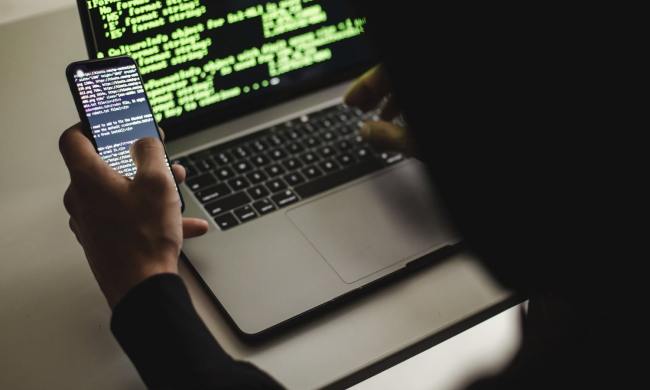SXSW Interactive week has always been all about the apps. While social-networking platforms and novel new apps still have major pull here, there’s no denying that hardware – real palpable gadgets that you can see and touch – stole the show this year. Virtual reality, consider this your notice: Real life is back.
It’s impossible to ignore. Leap Motion took over an entire corner block, complete with finished units for anyone and everyone to test out, hands on.
Lytro grabbed prime real estate at the SXSW Create tent, where the team held talks, demos, and photography how-to sessions, and even rented its magic focus-and-refocus cameras out to the public. For days, everywhere you looked in Austin, someone was snapping with a Lytro.
You can’t turn a corner without running into a 3D printer. In fact, Makerbot CEO Bre Pettis spoke at the opening day of SXSW keynotes this year. “We’re launching hardware at SXSW,” he said while unveiling the Makerbot Digitizer, a product that scans items and then allows you to recreate them with a 3D printer. “It is the best time to get into hardware … Join the next industrial revolution.”

The star of the SXSW hardware show isn’t even trying to grab any spotlight – it’s just doing it. During the first half of this week, Google Glass sightings were everywhere. Tumblr creator David Karp was strolling 6th Street with a pair. A nameless developer told me I wasn’t allowed to get a shot of him wearing the specs (we did anyway – not sorry). A friend convinced another privileged Google Glass-wearer to let him try them on – mid-party, many drinks deep, mind you – but says the results are everything we’ve hoped for. “It’s just like in the video, where you see the box pulling up all the information,” he tells me. “This tech has a mystical exclusivity around it, and I was excited to see how I would like this new quasi-reality.” The verdict? Awesome.
It wasn’t always like this. Last year, we were all glued to our phones, still newly-addicted to Instagram, just learning what the hell “SoLoMo” meant, still trying to grab that damn Mayor’s badge. This year, we’re waiting in line to get hands on with hardware we haven’t been able to try anywhere else.
If SXSW is any indication of digital and social trends – and whatever your opinion of the festival, it’s certainly had a cyber-cultural impact – the fact that more than a dozen panels were dedicated to talking about the world outside of our smartphones is a big indicator of where our interests lie. The shift has provoked a series of “apps are over!” articles from pundits, who claim that since SXSW (among other things) has signaled a returned interested in products we can touch and prod, this means the age of the installation has come to an end.
But that’s too simple. Couldn’t it be that we’re just starting to merge our virtual-reality fixation with our actual-reality lives better? That the barriers between staring at smartphone screens and reaching out into the world surrounding us are being lowered?

We’re not all about to give up Facebook to buy 3D printers. But our social-network fatigue could be pushing us to start experiencing things outside of our smartphones, laptops and tablets. But these things, by and large, come with a heavy software component, one that you can bet will leverage all that personal data we’ve been stacking up on social networks for years. And that’s likely what most of us want, anyway. We’ve had a taste of personalization and customization, and the mainstream user isn’t going back from that.
Still, it’s all extremely exciting to see. Apps were a huge step in digitally experiencing and interacting with the world around us, and SXSW had its way with them (and then some). Now we’re tip toeing beyond, and it’s resulting in more creative, beneficial products and services. Now we can track, share and monitor our bodies and activity, thanks to FitBits and Fuelbands. Now we can snap photos with cameras that help us record and stream everything we’re doing.
SXSW is a cultural pulse taker, and this year we learned that the confines of a digital social life are no longer the dimensions of your smartphone screen.


